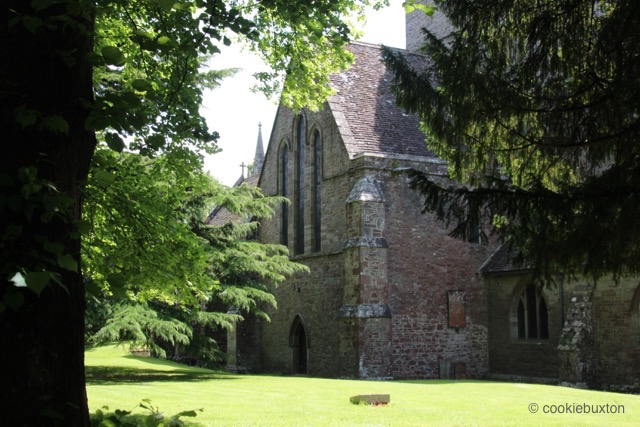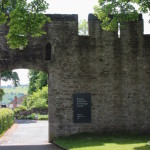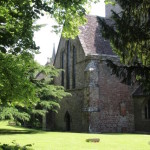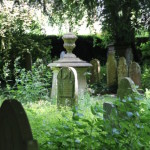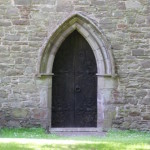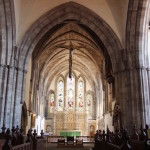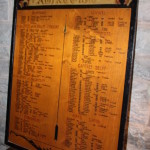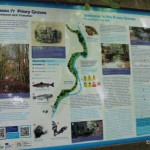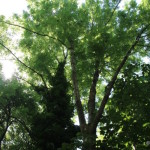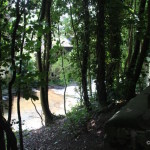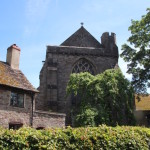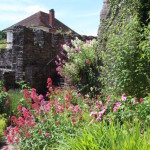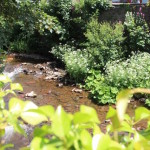Brecon Cathedral, Wales
Travelling along the northern border of the Brecon Beacons towards our destination at Felingwym Uchaf in Wales, we made a worthwhile side trip into the town of Brecon. There, we visited the beautiful Brecon Cathedral and Close.
The Cathedral is one of the most significant surviving examples of early British Gothic Architecture. Constructed in the 11th century (1093), possibly on the site of an earlier Celtic church, the Cathedral was founded as a Benedictine Priory (monastery). Still intact and linking the Cathedral to its very early history is the ancient Norman font at the west end of the Cathedral, and on it, carvings that are thought to be of Celtic origin.
Under Henry VIII’s (First) Act of Suppression in 1536 and ensuing dissolution of the smaller monasteries and religious houses (the larger properties were seized or destroyed following the Second Act in 1539), the Priory ceased to exist. The property became the parish church of Brecon in 1537, and was known as the Cathedral Church of St. John the Evangelist.
In 1927, following the creation in Wales of the new Diocese of Swansea and Brecon, the church evolved once again, and became, as it is today, the Brecon Cathedral.
The present-day church remains a centre of worship with regular Sunday services and special services. For the visitor, whether on a journey of faith or interested in history, there is much to see and experience inside the Cathedral and in the grounds within the Close.
Interesting historic artefacts
Inside the Cathedral, among the many well preserved historic details and displays, we took interest in the plaque naming the Welsh archers – the Longbowmen – many of whom would have played a significant part in the win of the renowned Battle of Agincourt. The Battle took place in October 1415 in northern France under the reign of Henry V, during the Hundred Years’ War. You will see an image of the plaque, naming the archers and their place of origin, in the CB Photo Gallery (below). We also took a photograph of a sharpening stone, of the type that would have shaped some of the deadly, armour-piercing arrowheads used by the Welsh archers at the Battle of Agincourt and other battles of that era.
The Brecon Cathedral Close is the only walled cathedral close still in existence in Wales. I thoroughly enjoyed my stroll inside and outside of the Close, through the old cemetery, and into the refreshing shade of the woods alongside the small stream adjacent to the Cathedral.
Besides providing access into the church itself, the Close houses a Diocesan Centre, Heritage Centre (inside the ancient tithe barn), exhibition space, “Pilgrims” restaurant, gift shop, and some lovely, natural flowerbeds.
Easy to locate, the Cathedral is situated just off the B4520, Priory Hill, 750 metres from the Brecon town centre.
There is a list of related stories in Cookie Buxton that you might enjoy, embedded in the article titled My Post-British-Garden-Tour Blues.
Sample online resources that you may find interesting:
The Brecon Town Council website
Historic UK’s Dissolution of the Monasteries
Wikipedia’s posting on Brecon Cathedral
Copyright Photographs and Text: Nadine Kampen / cookiebuxton
Photo location: Brecon Cathedral, Wales (June 2016)
Photo Gallery
Click on any photograph to enlarge; click again on the photo to advance through the series in large format.
